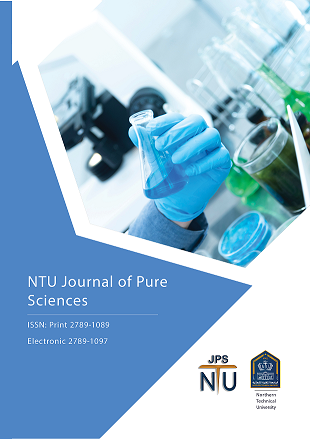Gold nanoparticles employed in pancreatic cancer remedy
DOI:
https://doi.org/10.56286/kv7ght70Keywords:
Gold nanoparticles , Drug delivery, Pancreatic cancer, Nanomedicine , Targeted therapyAbstract
Nanoparticles (NPs) constitute a main curiosity in the scientific community, as evidenced by a growing body of research that has revealed encouraging findings. Nano-oncologyis a comparatively recent field of study that reveals new perspectives for cancer diagnosis and treatment. This technology can also play an essential role in targeting malignant cells. In this article, we showed the progressive development of the targeted, nanoparticle-based drug delivery system in the remedial application of pancreatic cancer. Treatment of pancreatic cancer (PC) remains a great challenge, as studies have shown that nanoparticles can be used alongside chemotherapy factors that further their effectiveness while decreasing their toxicity. Increasing the effectiveness of nanoparticle therapy may improve clinical outcomes in pancreatic cancer patients, Nanomaterials, particularly gold nanoparticles (AuNPs) have singular physicochemical characteristics, like tiny size, significant surface reactivity, big surface area to mass ratio, having surface plasmon resonance (SPR) sets, simple functionalization of surface and biocompatible, In this article, we will be discussing how the distinctive characteristics of AuNPs in the delivery of targeted medication for pancreatic cancer led to the surge efficiency of conventional chemotherapy for cancer- ill.
Downloads
Downloads
Published
Issue
Section
License
Copyright (c) 2025 NTU Journal of Pure Sciences

This work is licensed under a Creative Commons Attribution 4.0 International License.
The journal applies the license of CC BY (a Creative Commons Attribution 4.0 International license). This license allows authors to keep ownership of the copyright of their papers. But this license permits any user to download, print out, extract, reuse, archive, and distribute the article, so long as appropriate credit is given to the authors and the source of the work. The license ensures that the article will be available as widely as possible and that the article can be included in any scientific archive. Creative Commons License This work is licensed under a Creative Commons Attribution 4.0 International License.





